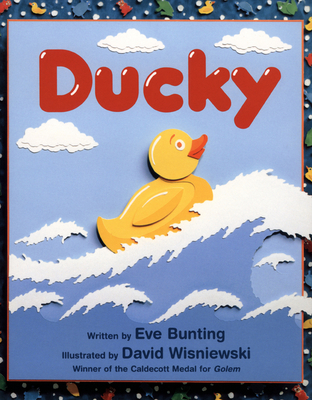
Galvin, Matthew
Otto is a high-octane young car whose motor runs too fast. He also has trouble paying attention in school, is easily distracted, and says and does things without thinking. Otto and his parents visit a special mechanic, who prescribes a medicine to help slow down Otto's racing motor. Otto also meets other mechanics in his pit crew, who will show him ways to be more focused and organized, and teach him ways to get along better with others.
This new edition of a classic resource for young children and their families includes the latest advances in the understanding of ADHD. An expanded Note to Parents by the author discusses treatment approaches and current findings about medications, including their possible side effects. From the Note to Parents: Children may be worried or frightened regarding medication. Information can help reduce their worries and correct unrealistic ideas. Many different medications are available for use in ADHD. Often the first choice is from the family of medications called psychostimulants. The term "stimulant" sometimes creates confusion. I am often asked, "Won't a stimulant cause my child to be even more hyperactive? I definitely don't want that!" Neither does your doctor. It is helpful to think of these medications as stimulating the pathways in the brain that allow a person to focus and to make more efficient use of their working memory and problem-solving skills. They also help the person be in a position to acquire and practice new problem-solving skills. Problem- solving skills include:1. Stopping and recognizing there's a problem to be solved;
2. Thinking through alternative ways of solving it;
3. Thinking about the consequences of each alternative solution;
4. Choosing a solution based on how those consequences are valued;
5. Devising a strategy for implementing the solution.
In daily living, things happen and people respond. In shorthand, let's say S (denoting something happens) is followed by R (denoting a person's response), or S-R. Think of the hyphen between S and R as a way to represent the chance to focus. In a person with ADHD, the hyphen is shorter than it is in others. Medications draw the hyphen out more, from S-R to, say, S---R. It is important to understand that medication doesn't fill in the hyphen, though. Medication doesn't think things through or make one mindful of alternatives, consequences, or strategies. It doesn't create or understand values, or make choices for good or ill. The person has to do all that, although he or she can find help from the pit crew.







